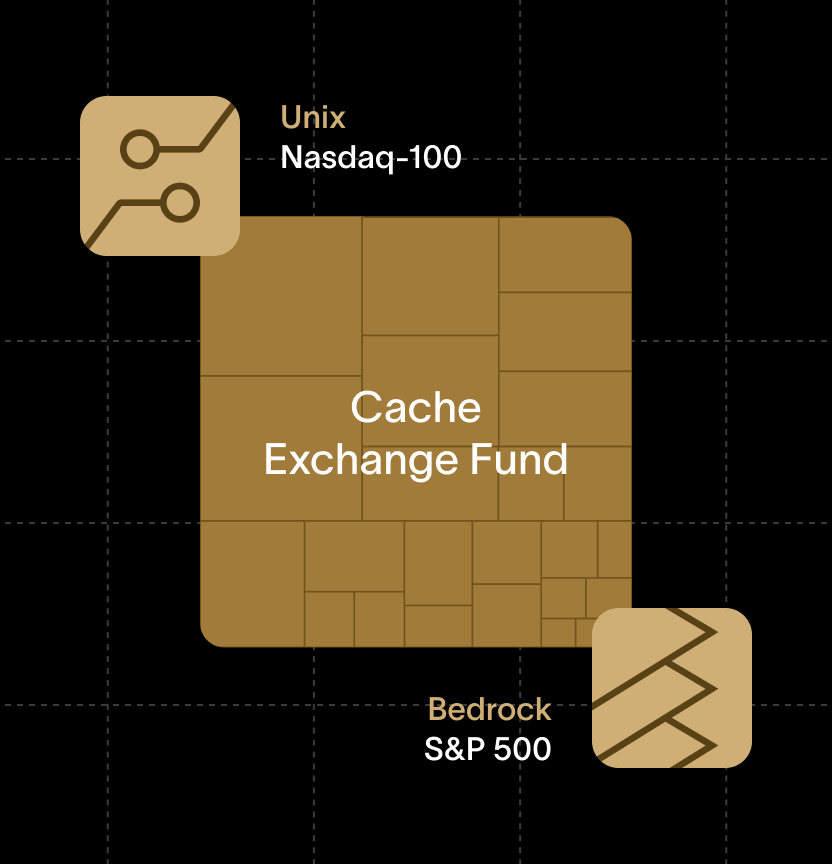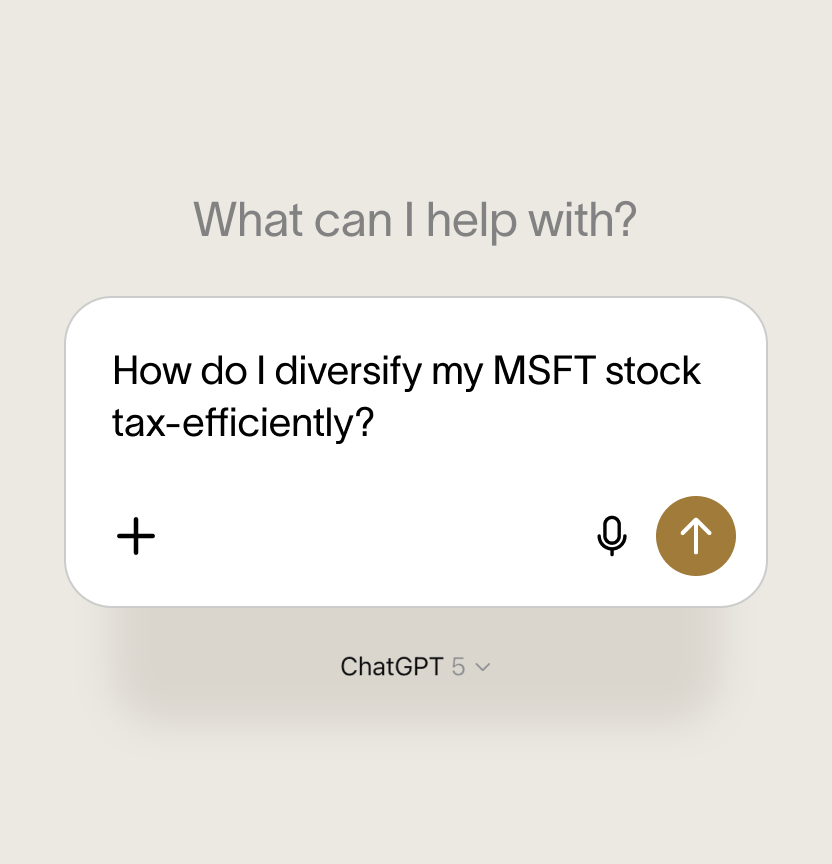Editor’s note: This article was contributed by Daffy — a company making charitable contributions easier and more effective — especially for investors with appreciated stocks.
Donor-advised funds (DAFs) are growing in popularity as the fastest-growing form of philanthropy, with over $52 billion granted to charities from DAFs in 2023. Yet, many savvy investors are still unaware of what they are, and how they allow you to donate generously and save thousands on your tax bill.
What is a donor-advised fund?
A donor-advised fund (DAF) is a tax-advantaged account designated for charitable giving, not unlike how a 401(k) or IRA is used for retirement or a 529 plan for college savings. Donor-advised funds have been around for a long time — the first DAF was launched in the US in the 1930s — and were designed to encourage giving. DAFs allow individuals to contribute assets into a charitable account, have those assets invested tax-free to increase their potential impact, and then have those assets granted to any legal US charity whenever appropriate.
How do DAFs work?
Opening a new donor-advised fund is simple. The category has grown tremendously in the past 30 years, with over 1000 organizations set up in the United States that now offer donor-advised funds including some of the most recognized names in financial services.
In many cases, opening a DAF can be done in minutes from a website. Since donor-advised funds are provided by public charities themselves, when you contribute cash or assets to them, you receive an immediate tax deduction just as you would donating directly to any charity. However, unlike making direct donations, DAFs offer the unique ability to have your donations invested tax-free. Whenever you want to have funds donated to an operating charity, you make a simple recommendation to the DAF to distribute funds.
What are the benefits of a DAF?
In addition to the ability to grow your charitable dollars tax-free and the convenience of all your charitable tax receipts in one place, donor-advised funds offer investors a host of financial and philanthropic benefits.
1. Donate Appreciated Assets Instead of Cash
Unlike most operating charities, DAFs are typically structured to accept the donation of investment assets. In fact, out of the over 1.7 million operating charities in the United States, only a few thousand can accept donations of stock, ETFs, or mutual funds. This is problematic because donations of appreciated investments have significant tax advantages over donating cash.
- ALT: Most nonprofits are not equipped to directly accept donations of investment assets, such as stocks or mutual funds. This creates a challenge, as donating appreciated investments offers significant tax advantages compared to giving cash.
Donor-advised funds solve this problem by facilitating the donation of complex assets like stock, mutual funds, ETFs, or crypto and delivering cash donations to operating charities. When you donate an investment that has been held for more than one year:
You can take an income tax deduction on the full fair market value of your investment on the date you contribute.
- You never have to pay capital gains taxes on the appreciation of your investment.
- You can take an income tax deduction on the full fair market value of your investment on the date you contribute.
- Because the receiving organization is a 501(c)3 organization (a charity), there are no capital gains taxes when they sell the investment. The full amount goes to the organization.
The result? Lower taxes for the donor and more funds for the charity. A true win-win.
2. Exceed the Standard Deduction And Itemize
If you regularly donate but find you don’t surpass the standard deduction, you’re not alone. The 2017 Tax Cut & Jobs Act increased the standard deduction, reducing the need for itemized deductions for many taxpayers.
However, a DAF allows you to "bunch" multiple years of donations into one tax year, enabling you to qualify for itemized deductions.
This strategy can be especially beneficial for tech employees. If you exercised NSOs, vested RSUs, participated in a tender offer, or received a bonus this year, this may put you in a higher tax bracket, so “bunching” can help reduce your tax burden by taking a valuable deduction in the year when you have the highest marginal tax rates.
3. Be More Organized and Intentional with Your Giving
The ability to view and track all your giving in one place is one of the best benefits of a donor-advised fund. Not only does a single tax receipt make for easier tax filing, but many DAF participants appreciate having funds set aside for spontaneous donations and the ability to set up or modify recurring donations effortlessly.
Is a DAF right for you?
Donor-advised funds only make sense for people who currently give to charity regularly or plan to do so. Recent studies have indicated that approximately 50-60 million American households give to charity every year, and most commonly to religious and educational institutions. People give to charity for many reasons, but whatever your reason is, if you are going to give, it makes sense to give in the most tax-efficient way possible.
Thanks to the incredible growth in the sector, there are now many choices for opening a donor-advised fund. It just takes a few minutes to get started — and if you want to try out my company Daffy (via this invite link) we’ll start you off with $25 to give to the charity of your choice.
Make this year the year to bring your giving together in one place and lower your taxes.
Note: Cache does not make investment recommendations, and investors should do their own due diligence before investing in any financial products. Daffy and Cache are not affiliated entities. Adam Nash, CEO of Daffy, is an angel investor in Cache.
{{black-diversify}}
Detailed Info
Detailed Info
Detailed Info






























